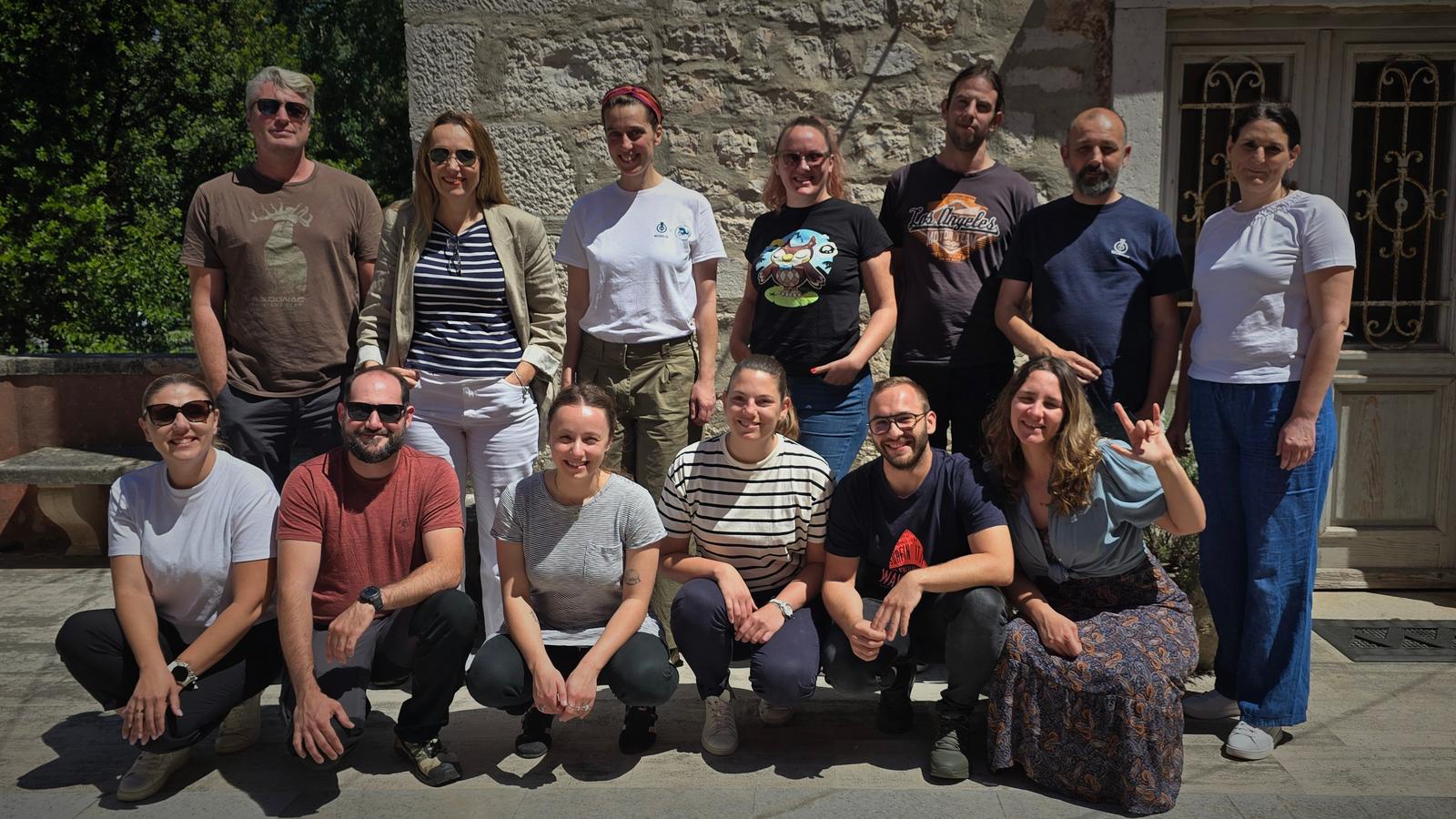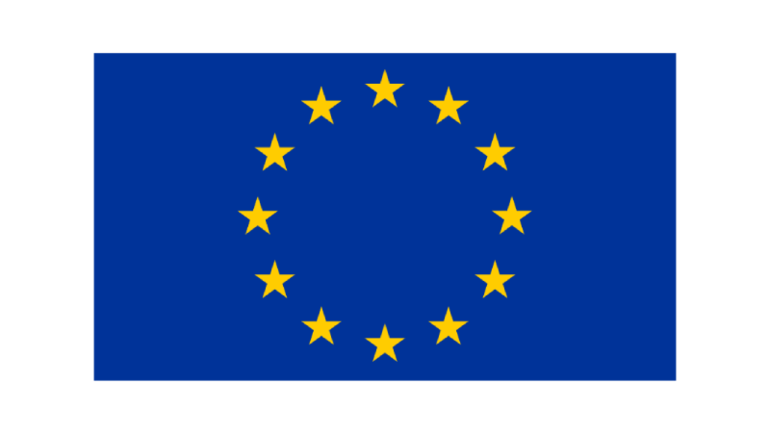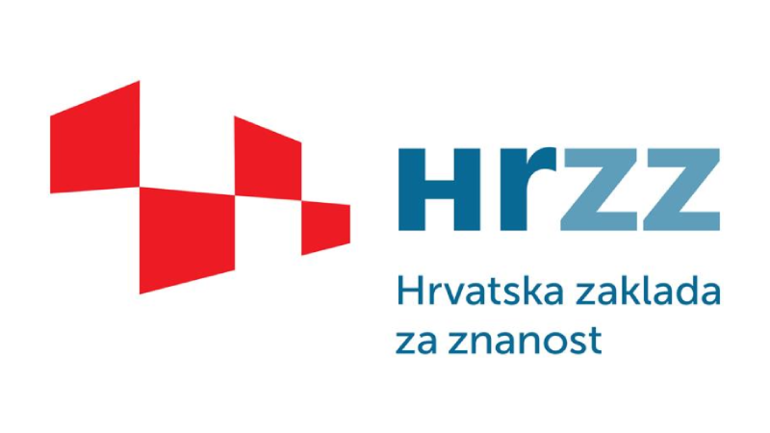Study Reveals Key Shifts in the Marine Food Chain of the Northern Adriatic

A team of scientists from the Ruđer Bošković Institute’s Centre for Marine Research in Rovinj has uncovered significant changes at the very foundation of the northern Adriatic Sea's food chain. Their long-term study of phytoplankton communities, published in the prestigious journal Frontiers in Ecology and Evolution, reveals deep-rooted ecological shifts in one of the most productive marine regions of the Mediterranean. The research draws on 24 years of biodiversity data.
Picture the northern Adriatic as a bustling underwater metropolis, where the tiniest inhabitants, such as phytoplankton, play a pivotal role. These microscopic organisms pull carbon dioxide (CO₂) from the atmosphere and convert it into energy, serving as the cornerstone of the marine food chain. Without them, it’s as though the first brick in the food web were missing—jeopardising everything built on top of it, from viruses and bacteria to fish and marine mammals.
“If phytoplankton are struggling due to environmental changes, it sends shockwaves throughout the entire ecosystem,” explains Ivan Vlašiček, a PhD researcher in the Laboratory for Evolutionary Ecology and first author of the study. “The dramatic changes we've documented suggest something significant is afoot in the Adriatic. Understanding these shifts helps us grasp the broader, increasingly complex transformations we're seeing—such as fluctuations in fish populations or signs of stress in the marine environment. This knowledge is crucial for effective planning and protecting our sea.”
The Laboratory for Evolutionary Ecology, part of the RBI’s Centre in Rovinj, is home to one of the Mediterranean's longest-running and most interdisciplinary marine observation programmes. Much like studying how a city grows and changes over time, this team examines how different marine organisms live, interact, and evolve. This is the first time they have clearly shown how phytoplankton communities change across both time and space, and how these shifts are linked to factors like sea temperature, salinity, and nutrient levels.
The Heartbeat of an Oceanic City
Over the past decade, scientists observed that the once-predictable rhythms of phytoplankton growth have become increasingly erratic and unstable. In other words, these microscopic organisms no longer respond to environmental cues in the consistent ways they once did.
Monitoring such changes is crucial because the northern Adriatic acts as the beating heart of the sea's circulation system. Just as a traffic jam in one part of a city can bring the whole place to a standstill, disturbances in the biological, chemical, and physical properties of this region ripple across the entire Adriatic. If phytoplankton can no longer perform key functions, such as absorbing CO₂ or producing oxygen, the knock-on effects for all marine life could be profound.
Frontline Insights into Ocean Change
The study’s findings carry weight not only for the scientific community but also for policymakers, providing vital indicators to guide strategies for protecting marine ecosystems.
Dr Martin Pfannkuchen, Head of the Laboratory and corresponding author, underlined the urgency of these findings: “This research offers critical insights into the ecological tipping points taking shape in the Adriatic. The scale and speed of the changes we've documented underscore the need to confront environmental pressures that are reshaping the structure and function of our marine ecosystems.”
Alongside Vlašiček and Dr Pfannkuchen, the research team includes Dr Daniela Marić Pfannkuchen, Dr Mirta Smodlaka Tanković, Dr Ana Baričević, Dr Nataša Kužat, PhD candidates Mia Knjaz, Lana Grižančić and Ivan Podolšak, and Dr Tjaša Kogovšek.
The Centre for Marine Research in Rovinj, part of the Ruđer Bošković Institute, continues to lead the way in interdisciplinary studies of marine ecosystems. Thanks to the dedicated efforts of its scientists, we are gaining the know-how needed to manage our seas sustainably and safeguard marine life—ensuring the northern Adriatic remains a vibrant and productive sea for generations to come.
This research was funded by the Croatian Science Foundation and supported by several EU projects, including JERICO-S3 under Horizon 2020, and the AdriaClim, Marless, and Cascade projects funded through the Interreg Italy–Croatia Programme.



